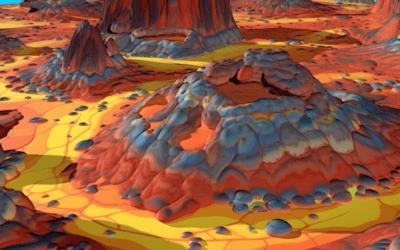Why Is the Sky Blue?
What Causes the Blue Color in the Sky?
The sky appears blue because of a process called scattering. It happens when sunlight reaches Earth’s atmosphere and encounters tiny molecules and even smaller dust particles.
How Does Scattering Work?
When sunlight enters the atmosphere, it is made up of different colors, including red, orange, yellow, green, blue, indigo, and violet. These colors are called the visible spectrum. Blue light has shorter wavelengths and scatters more easily than other colors, creating the blue color we see above.
Why Doesn’t the Sky Look Blue Everywhere?
The sky actually looks blue everywhere, but sometimes it can appear different due to other factors. For example, during sunrise and sunset, the light has to travel through more of the atmosphere, making it pass through more particles. This causes scattering to happen even more, making the sky look red, orange, or pink instead.
Why Doesn’t the Sun Look Blue?
The sun looks yellow or orange because it is much brighter than the scattered blue light. When the sun is directly above us, its light has a shorter distance to travel through the atmosphere, resulting in less scattering. Therefore, we see the sun as a bright ball of light rather than blue.
Did You Know?
An astronaut standing on the moon would see a black sky because there is no atmosphere to scatter the sunlight like it does on Earth.












